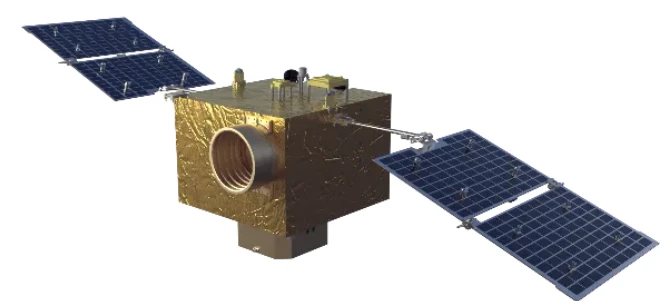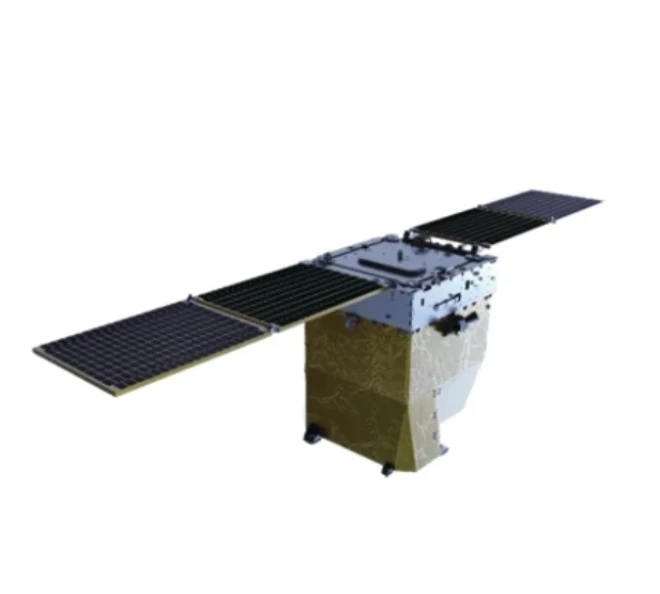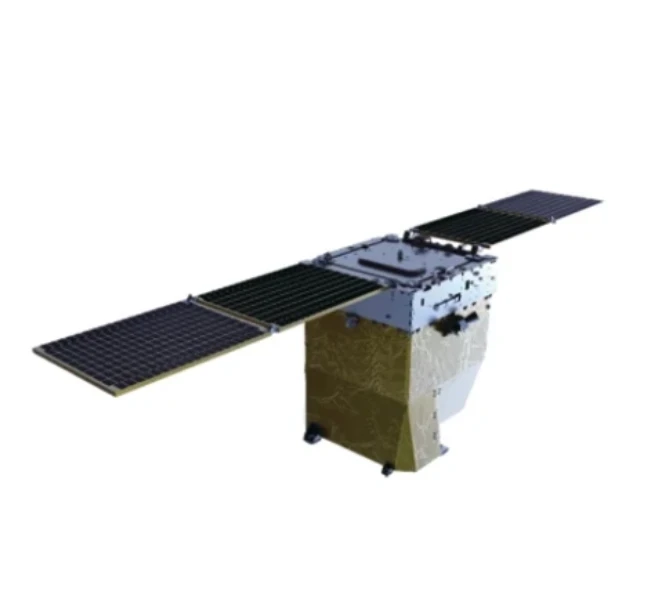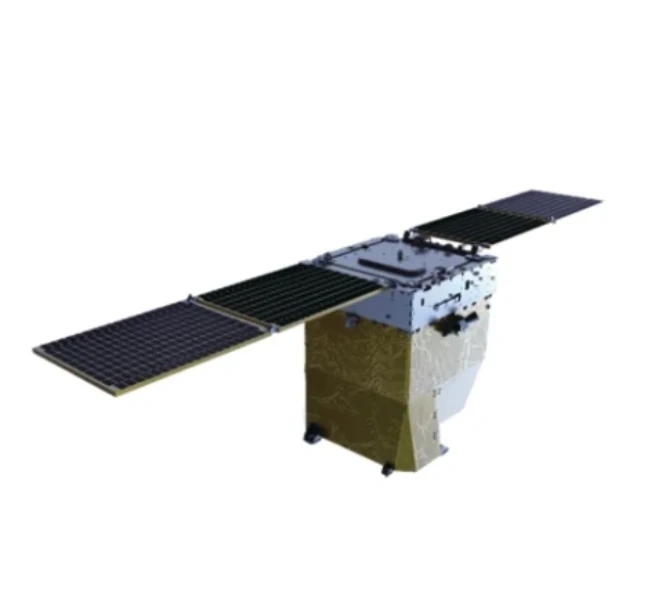
- Afrikan
- Albaniż
- Amhariku
- Għarbi
- Armenjan
- Ażerbajġani
- Bask
- Belarussu
- Bengali
- Bosnijan
- Bulgaru
- Katalan
- Cebuano
- Iċ-Ċina
- Korsiku
- Kroat
- Ċek
- Daniż
- Olandiż
- Ingliż
- Esperanto
- Estonjan
- Finlandiż
- Franċiż
- Friżjan
- Galizjan
- Ġorġjan
- Ġermaniż
- Grieg
- Guġarati
- Kreol Ħaitjan
- Hausa
- Ħawajjan
- Ebrajk
- Nru
- Miao
- Ungeriż
- Iżlandiż
- igbo
- Indoneżjan
- Irlandiż
- Taljan
- Ġappuniż
- Ġavaniż
- Kannada
- każak
- Khmer
- Rwandan
- Korean
- Kurdi
- Kirgiż
- Laburista
- Latin
- Latvjan
- Litwan
- Lussemburgiż
- Maċedonjan
- Madagaskar
- Malajan
- Malajalam
- Malti
- Maori
- Marathi
- Mongoljan
- Il-Mjanmar
- Nepaliż
- Norveġiż
- Norveġiż
- Oċċitan
- Pashto
- Persjan
- Pollakk
- Portugiż
- Punġabi
- Rumen
- Russu
- Samoan
- Galliku Skoċċiż
- Serb
- Ingliż
- Shona
- Sindhi
- Sinħaliż
- Slovakk
- Sloven
- Somali
- Spanjol
- Sundaniż
- Swaħili
- Svediż
- Tagalog
- Taġik
- Tamil
- Tatar
- Telugu
- Tajlandiż
- Tork
- Turkmeni
- Ukrain
- Urdu
- Uighur
- Użbek
- Vjetnamiż
- Welsh
- Għajnuna
- Jiddix
- Joruba
- Żulu
aħbarijiet
Advancements in Imaging Technology
The world of imaging technology is evolving at a rapid pace. As industries from agriculture to defense and environmental monitoring continue to grow, the need for high-quality, precise imaging systems is more critical than ever. From optical cameras to multispectral imaging, the ability to capture data in real-time and at very high resolutions is transforming how we interact with the world around us. This article will explore the various advancements in imaging technology, focusing on the benefits of optical cameras, multispectral cameras, radiometric correction, and other important features like radiometric resolution.
Optical Camera: The Foundation of Imaging Technology
The optical camera is a fundamental technology in the world of imaging. It captures light from a scene and converts it into an image, typically in the visible spectrum. Optical cameras are the most commonly used imaging systems for capturing photos and videos across various industries, from consumer electronics to scientific research. These cameras have seen significant advancements over the years, offering high-quality, clear images with a broad range of applications.
In the world of remote sensing, optical cameras are integral to satellite imagery, aerial photography, and drone-based imaging. They serve as the primary method for capturing detailed images of landscapes, urban areas, and natural environments. The clarity and precision provided by optical cameras have made them indispensable for tasks like mapping, surveillance, and environmental monitoring.
As technology progresses, optical cameras are being equipped with higher resolutions, larger sensors, and enhanced features like zoom and stabilization to improve image quality. These innovations allow for sharper, more detailed images, which are critical for applications that require accurate data collection and analysis.
Multispectral Camera: Capturing More Than Just Visible Light
The kamera multispettrali goes beyond the capabilities of a traditional optical camera by capturing light across multiple wavelengths, including visible, infrared, and sometimes ultraviolet spectra. By gathering data from a wider range of light, multispectral cameras can provide more detailed and comprehensive information about the subject being imaged.
Fil multispectral imaging, different wavelengths of light are used to capture a variety of characteristics that would be impossible to see with the naked eye. For example, multispectral cameras can detect variations in vegetation health, soil moisture, and water quality by capturing specific wavelengths that correspond to these elements. This makes multispectral imaging an invaluable tool in fields like agriculture, forestry, environmental monitoring, and disaster management.
The data provided by multispectral cameras is typically processed and analyzed to create false-color images or maps that highlight specific features or phenomena. This enables scientists and analysts to gain insights into otherwise invisible elements of the environment. With the growing demand for detailed and actionable data, multispectral cameras are becoming increasingly important in both commercial and scientific applications.
Multispectral Imaging: Unlocking the Power of Light
Multispectral imaging is the process of capturing and analyzing light across multiple spectral bands. This technology allows for a more comprehensive understanding of the environment by enabling the detection of features that are invisible to the human eye. By using multispectral cameras, users can capture data in wavelengths such as near-infrared (NIR) and shortwave infrared (SWIR), providing insights into plant health, mineral content, and other environmental factors.
One of the primary advantages of multispectral imaging is its ability to highlight subtle differences in materials or conditions. For example, in agriculture, multispectral imaging can help farmers monitor crop health by detecting changes in chlorophyll levels. In environmental monitoring, it can be used to assess forest health, track deforestation, or measure water quality in rivers and lakes.
With its ability to capture more data than traditional imaging techniques, multispectral imaging is becoming an essential tool for industries that rely on precise environmental data. This technology is also used extensively in remote sensing applications, such as satellite and aerial imagery, to monitor large areas with high accuracy and efficiency.
Real-Time Imaging: Enhancing Immediate Decision-Making
Real-time imaging is a critical technology that allows for the immediate capture, processing, and display of images as they are taken. This is particularly useful in applications where quick decision-making is crucial, such as in security, defense, and emergency response.
Fil real-time imaging, the data captured by a kamera multispettrali or optical camera is processed instantly, providing users with up-to-date visuals or analysis. This is especially important in situations like search and rescue missions, where timely information can save lives, or in defense applications, where surveillance needs to be monitored in real time for security purposes.
The ability to view and analyze data as it is collected enables faster reactions to changing situations. Real-time imaging can also be used in conjunction with artificial intelligence (AI) and machine learning to automate the analysis process, providing insights without requiring manual intervention. This makes real-time imaging an increasingly valuable tool in modern industries that rely on timely and accurate information.
Radiometric Resolution and Radiometric Correction: Ensuring Accurate Data
Radiometric resolution refers to the ability of an imaging system to differentiate between varying levels of intensity in the captured image. A higher radiometric resolution means that the camera can distinguish finer variations in light intensity, resulting in more detailed and accurate images. This is particularly important for applications like remote sensing and satellite imaging, where capturing subtle differences in light is crucial for accurate analysis.
To ensure the accuracy of the data captured by optical cameras or multispectral cameras, radiometric correction is often applied. This process involves adjusting the captured data to account for factors such as atmospheric interference, sensor calibration, and light conditions, ensuring that the data is as accurate and reliable as possible.
Both radiometric resolution and radiometric correction are essential for obtaining high-quality images that can be used for scientific analysis, environmental monitoring, and other precision-based applications. These techniques are particularly important in very high resolution imaging, where small differences in light intensity can have significant implications for the analysis.
Imaging Technology FAQs
What is the difference between optical cameras and multispectral cameras?
An optical camera captures images in the visible light spectrum, while a kamera multispettrali captures light across multiple wavelengths, including infrared and ultraviolet. This allows multispectral cameras to gather more detailed information about the environment.
How does multispectral imaging benefit agriculture?
Multispectral imaging allows farmers to monitor crop health by detecting variations in chlorophyll levels, water stress, and soil conditions. This data helps optimize irrigation, fertilization, and pest control, improving overall crop yield and efficiency.
What is real-time imaging and how is it used?
Real-time imaging refers to the immediate capture and processing of images as they are taken. This technology is essential in industries like security, defense, and emergency response, where quick decision-making is needed based on up-to-date visuals.
What is radiometric resolution in imaging?
Radiometric resolution refers to a camera's ability to distinguish between different levels of intensity in an image. Higher radiometric resolution results in more detailed images, which are important for applications like remote sensing and environmental monitoring.
How does radiometric correction improve image accuracy?
Radiometric correction adjusts the captured data to account for factors like atmospheric conditions, sensor calibration, and light variations. This ensures that the data is accurate and reliable for analysis and decision-making.
In conclusion, advancements in optical cameras, multispectral imaging, and real-time technologies are transforming industries across the globe. Whether for environmental monitoring, agricultural management, or security purposes, these technologies are enhancing the accuracy and efficiency of data collection and analysis. As imaging technology continues to evolve, the possibilities for its application will only continue to grow, providing valuable insights and solutions for various industries.











